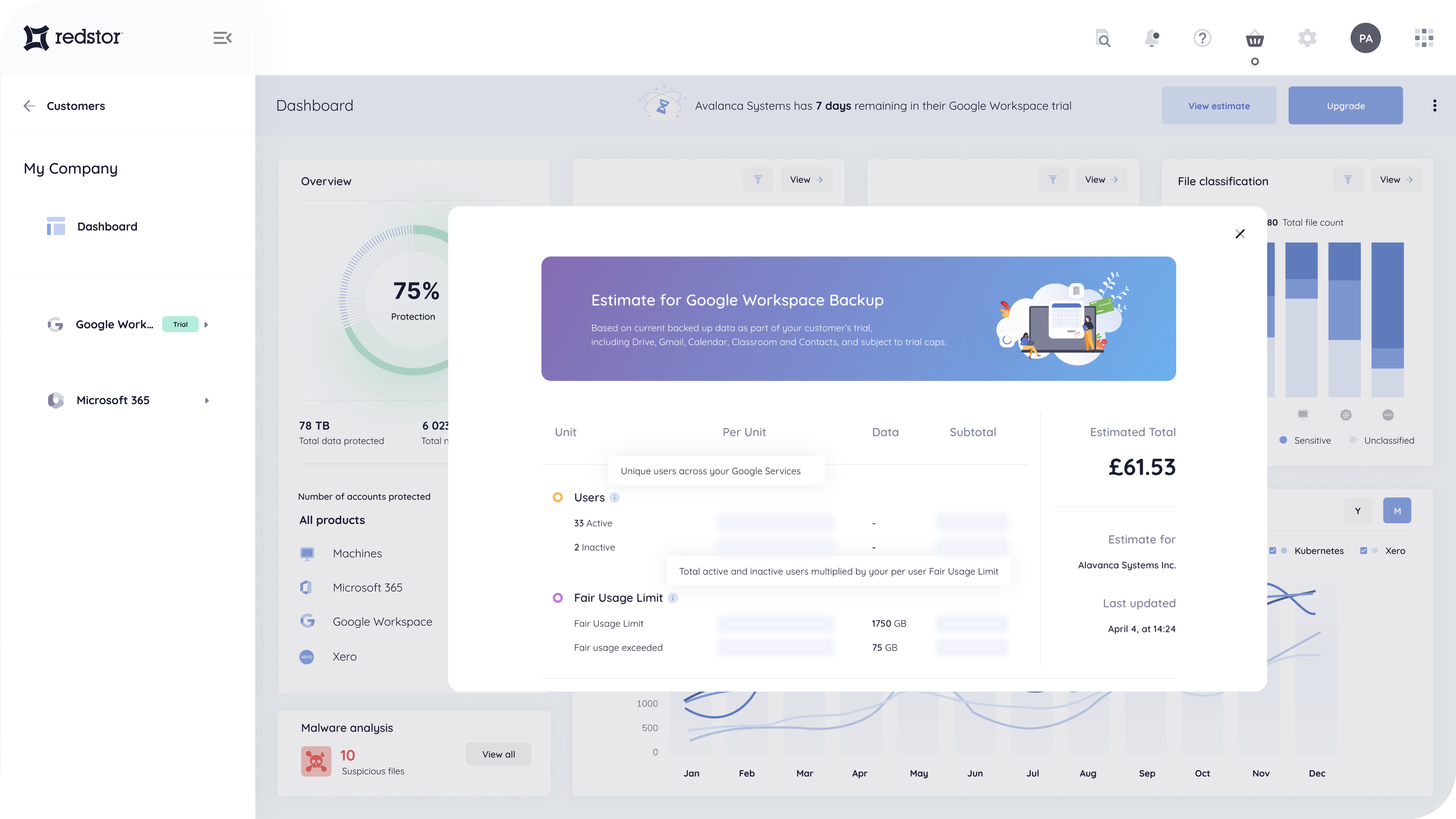A commonly talked about issue for many organisations, is the ‘explosion of data’ that modern technologies and digitisation brings to daily operations. With more data comes more responsibility and unfortunately in most cases a lack of clarity. As an organisation grows, it is likely to utilise additional resources and more users will begin accessing and creating data, whether from an external or internal source. This data must be stored, either by the user on their PC or laptop or centralised by the organisation to a server environment or data centre. Organisations of all sizes should have some understanding of how data should be stored and protected throughout its lifecycle, but ensuring that this actually happens is a challenge within itself, especially with a growing number of users to manage.
As well as internal data lifecycle management policies, data must be protected in line with data protection legislation, industry regulation, cyber-threats and user-error, among other day to day threats. Managing and protecting data securely is no easy feat and must be an ongoing task rather than a one-off job. Unfortunately, this is often much harder with large data sets, more so when they are still increasing in size.
Primary storage systems are expensive, and simply buying more storage to resolve the issue of data growth is not an option for many organisations. However, managing the data that already exists in a better fashion can present efficiency savings that start to help the business and will free up space on existing storage. Many users won’t open or access a file several weeks after its creation, for the most part, it will have served its purpose by then, this data is known as ROT data.
ROT data is redundant, obsolete and trivial information. This is the data that is irregularly accessed and holds no additional value for an organisation, instead, it becomes costly by using up valuable storage space. ROT data includes multiple copies of the same data all being stored by multiple users in multiple places.
How to deal with data
One of the unseen problems with data is that IT staff often have little or no visibility of what data is and where it may be located on their network. To have any chance of managing data in a more efficient way, an organisation must gain a better understanding of its data. This will allow the organisation to make decisions based on a true understanding of their environment and should allow them to align their data lifecycle management policies to the data that they actually hold.
How do I get this information?
Gaining a greater understanding of data requires a level of analytics, a rather manual task for an unfortunate administrator? The fact is, that manually trying to gauge what data exists and where it sits is not practical and probably not accurate. Tools are available to enable this and can quickly give an accurate picture of data volumes, data age and how often data is accessed (among other metrics).
What do I do with this information?
Once visibility has been gained, IT staff will have the opportunity to begin improving on data management strategies that are in place by identifying challenges and using the information on their data to come up with solutions. An example of this may be that an IT team is challenged with the total amount of time that it takes them to backup data, the analytics into the data may tell them that this is linked to data being stored in different places. A solution, therefore, could be to centralise the data more effectively so that it can be backed up from one location or to ensure that the backup solution in place has a centralised management tool built in.
Is Archiving the answer?
Gaining an insight into data will give one clear possibility when it comes to data lifecycle management as it will identify ROT data. This will allow an organisation to begin removing the data that is not needed or accessed and to identify what data does need to be kept. Once this data has been identified it can be tiered for archiving and kept securely without using up space on primary storage.
By archiving data and freeing up space on primary storage an organisation will be able to mitigate some of the challenges caused by rapidly growing data and is less likely to have to buy additional storage. It will also help with adherence to retention policies, legislation and the overall management of data throughout its lifecycle and until its deletion, increasing the return on investment of buying the initial primary storage.



